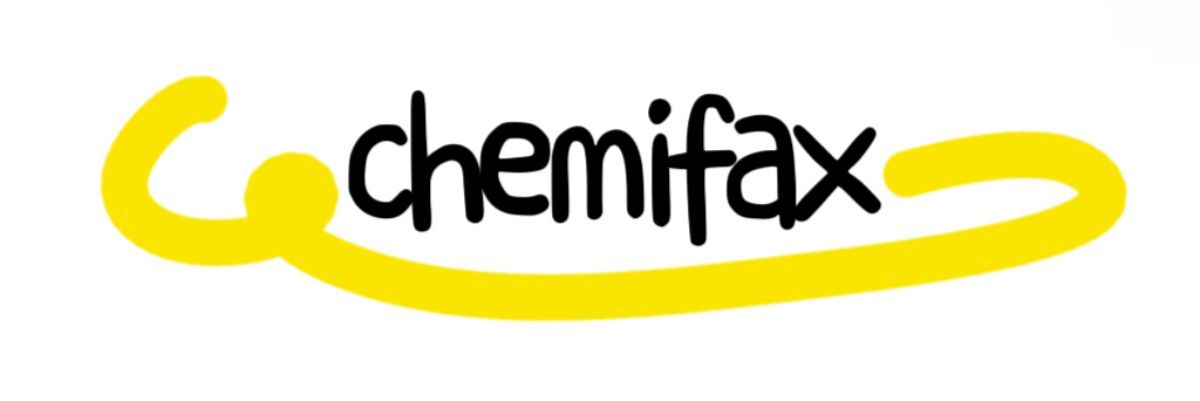Why is Red Masterbatch the Future of Color?
Jul. 16, 2025
In the fast-evolving world of plastic manufacturing and color application, red masterbatch stands out as a transformative solution that meets the demands of modern industries. As companies strive to enhance product aesthetics while maintaining efficiency, red masterbatch has emerged as a vital component that not only satisfies these visual requirements but also offers additional benefits related to processing and durability.
For more red masterbatchinformation, please contact us. We will provide professional answers.
One of the primary reasons red masterbatch is gaining momentum is its ability to deliver vibrant, consistent color. Traditional colorants often struggle with issues such as uneven distribution and fading over time. Red masterbatch, on the other hand, is engineered to provide uniform color throughout the plastic matrix, ensuring that the final product boasts a striking, rich hue that can attract consumers and stand out in a competitive marketplace. This vividness is particularly important in industries where color plays a pivotal role in branding, such as packaging, consumer goods, and automotive applications.
Moreover, the science behind red masterbatch is rooted in advanced polymer technology. The masterbatch is produced through a complex process that involves anchoring color pigments within a carrier resin. This method enhances the stability and dispersibility of the pigments, reducing the risk of clumping and improving processing efficiency. As a result, manufacturers can achieve high-color intensity without sacrificing the quality of the end product. This efficiency is crucial in today's fast-paced production environments, where time and resource optimization are pivotal for success.
Environmental sustainability is another pressing concern for manufacturers, and red masterbatch is positioned to address this challenge effectively. Many companies today are shifting their focus towards eco-friendly practices, and the use of red masterbatch can support these initiatives. By offering concentrated colors, red masterbatch reduces the overall amount of pigment required, minimizing waste and potential toxins associated with the coloring process. Additionally, advancements in the formulation of red masterbatch have led to the development of products free from harmful substances, thereby supporting the goals of health-conscious brands.
The plastic industry also faces strict regulations related to environmental impact and product safety. With red masterbatch, manufacturers can potentially simplify their compliance efforts. High-quality red masterbatches are often designed to meet various regulatory standards, making it easier for companies to navigate the complex landscape of environmental and safety regulations. This is not just about compliance; it's about peace of mind for manufacturers who want to ensure their products are safe for consumers and the planet.
Customization options available with red masterbatch make it even more appealing to manufacturers looking for a tailored solution for their specific needs. Different shades of red can be achieved by varying the composition and blend of colorants, allowing companies to create bespoke products that meet the unique aesthetic demands of their clients. The flexibility offered by red masterbatch means manufacturers can keep pace with changing market trends, ensuring that their offerings remain relevant and attractive.
Furthermore, red masterbatch is designed for compatibility with various substrates. Whether it’s polyethylene, polypropylene, or polystyrene, red masterbatch can be formulated to integrate seamlessly with diverse materials while maintaining the integrity of the physical properties of the plastics themselves. This compatibility factor is essential, particularly in sectors like automotive and electronics, where mechanical performance cannot be compromised for aesthetic appeal.
As we consider the future trends in manufacturing and consumer preferences, the focus on vibrant colors, environmental responsibility, and product safety cannot be overstated. Red masterbatch is at the forefront of these trends, offering a holistic solution that integrates color, functionality, and sustainability. With brands continually looking for ways to differentiate themselves in a crowded marketplace, the allure of striking colors made possible through red masterbatch will likely drive its adoption across varied sectors.
The ongoing research and development in the area of red masterbatch promise further enhancements, such as improved lightfastness and thermal stability. These advancements can contribute to longer-lasting products that retain their vibrancy even under challenging conditions. From outdoor furniture to automotive exteriors, the implications of these characteristics may redefine expectations for product longevity and color performance.
In conclusion, red masterbatch is not just a passing trend; it is poised to play a central role in the future of color in manufacturing. With its unique combination of vibrancy, processing efficiency, sustainability, and adaptability, it represents an innovative solution fit for a multitude of industries. For manufacturers looking to enhance their product lines while adhering to ecological responsibilities and market demands, the adoption of red masterbatch may well be a game-changer. As the demand for high-quality, sustainable solutions continues to rise, red masterbatch is ready to lead the charge into a brighter, more colorful future.
Are you interested in learning more about black masterbatch manufacturers? Contact us today to secure an expert consultation!
110
0
0
Previous: best color masterbatch
Next: None


Comments
All Comments (0)